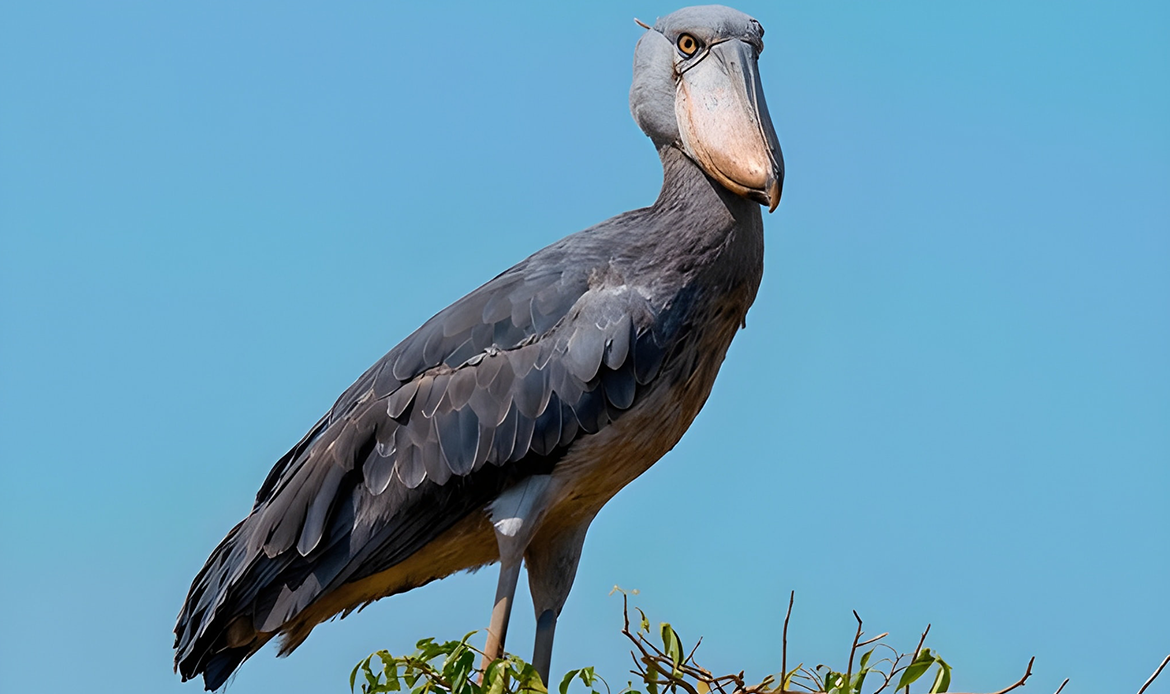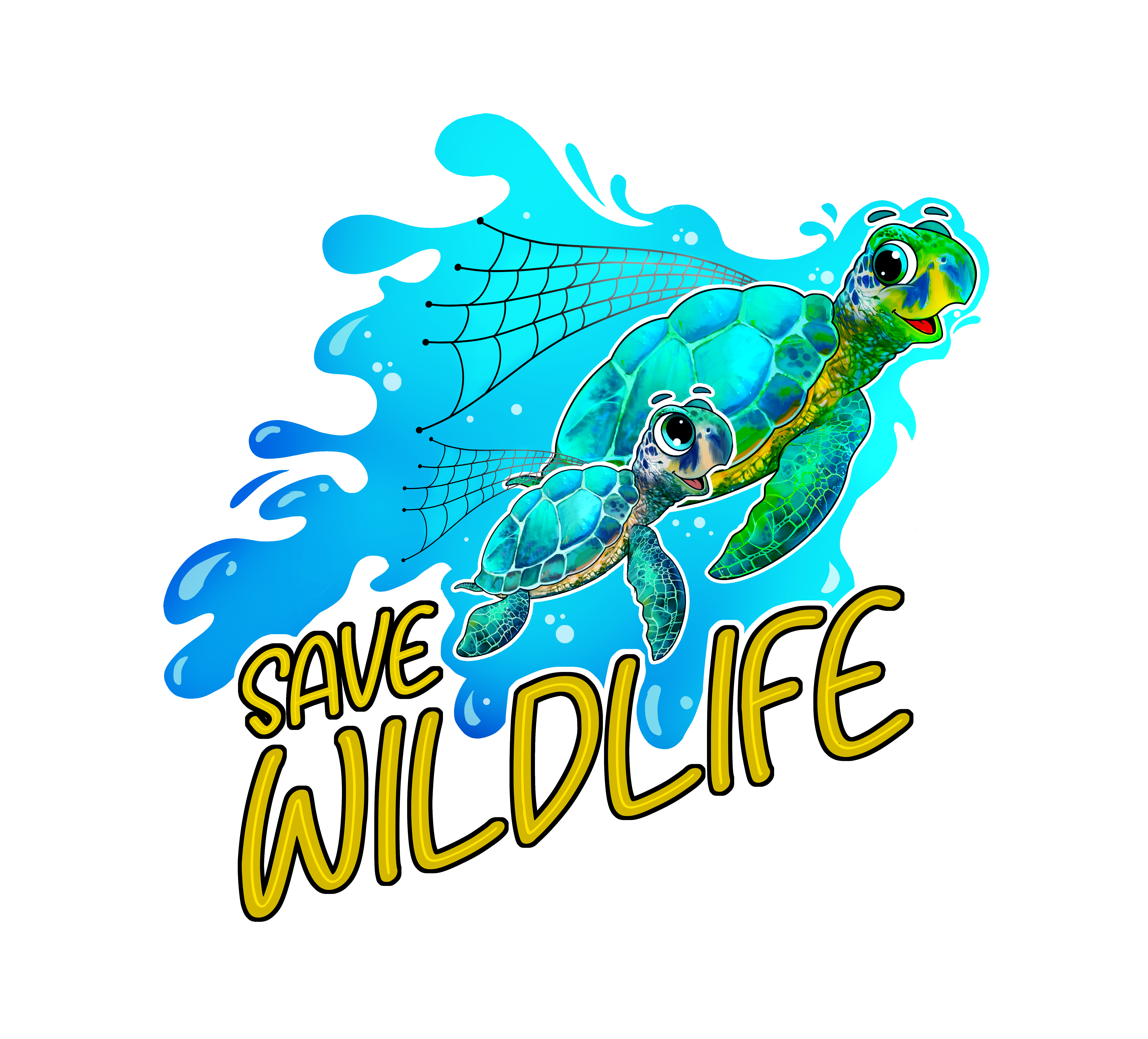
Help Save Wildlife by Standing Up for the Shoebill Stork
When the topic of endangered bird species is raised, the Shoebill Stork is likely to be one of the species of greatest interest to people. The Shoebill Stork, with its prehistoric appearance and relaxed disposition, is truly one of the most interesting of the remaining living animal species. However, like many other animals, the shoebill stork also faces threats. We hope that you will share in the commitment to help save wildlife from extinction in the world, with particular interest in the stories of birds, like the shoebill stork, support for animal extinction awareness and finding ways to protect wildlife, before it is too late.
Table of Contents
The Shoebill Stork: A Living Fossil
The Shoebill Stork (Balaeniceps rex) inhabits the swamps and wetlands of East Africa. Its gigantic shoe-shaped bill is an effective tool for hunting fish, eels, and even baby crocodiles. Here, the bird can stand up to five feet tall, and it has an exciting mix of an appearance resembling both storks and dinosaurs.
Regardless of its immense size, it is classified under a group of endangered species because wetland habitats are disappearing. The shoebill stork relates to how we can view endangered animals 2025 that display characteristics that may appear tough or powerful, but they are fragile when humans take away their habitat.
Why Is the Shoebill at Risk?
One of the most alarming threats to the Shoebill today is habitat destruction. Wetlands continue to be drained for agricultural and development projects, which reduces the habitats available for this extraordinary bird to live and feed. In addition, poaching is also a danger, as shoebills are often poached for the exotic pet trade. Situations like these demonstrate how important bird and animal extinction awareness is, especially when it involves endangered bird species.
Climate change is yet another considerable threat. Water shifts in rainfall patterns have implications for the fish that the shoebills rely on for food. Fewer fish available translates to fewer chances for shoebills. To mitigate threats to the shoebill, we need to ensure our wildlife conservation efforts address the immediate threat of poaching, as well as larger issues that our planet grapples with, such as climate change.
Why the Shoebill Matters?
When viewing wildlife conservation, it is tempting to ask, “What’s so important about a bird that lives in swamps far away?” The shoebill is important because it plays a role in regulating fish populations, and it is an indicator of the health of the wetlands. The disappearance of the shoebill means that our wetlands, areas that filter water and mitigate flooding events, are at risk as well.
This is why it is imperative to help save wildlife today. Losing a bird like the shoebill is not just a loss of a species; it is a loss of meaningful, healthy ecosystems for everyone.
What We Can Learn from Endangered Animals 2025?
As we look ahead to endangered species in 2025, such as pangolins, vaquitas, and Amur leopards, we find ourselves seeing the same things: habitat loss, poaching, and human encroachment. The shoebill fits into that larger picture.
If we keep an eye on the shoebill story, we’ll help raise awareness of animal extinction that applies to other animals as well. If we do nothing, more unique animals will join the alarming and growing list of extinct species. If we act, the shoebill can represent a success story, rather than a loss.
How Can We Help Save Wildlife?
Below are several significant actions that individuals and organizations can undertake to aid shoebills and other species that are facing extinction:
- Protect wetlands: Support nature conservation initiatives that maintain wetlands, swamps, and marshes across Africa.
- Combat poaching: Help educate others about illegal poaching, especially with regard to the illegal pet trade involving birds, and why shoebills should never be kept as pets.
- Support nonprofits: Many nonprofits in the space of animal extinction awareness and activism are also providing funding for the direct welfare of the shoebill.
- Minimize Carbon footprint: Small changes in your daily lives can lead to larger global changes, especially those relating to waste, energy use, and the products used in life.
- Educate others: Sharing the shoebill story is simply one small step towards expanding the awareness and advocacy to protect wildlife before it is too late.
Every action counts. Even if you’re far away from Africa, supporting conservation organizations or using your voice online makes a difference.

Shoebill Stork and Human Connection
The shoebill’s unique behaviour is one reason it captures people’s interest. Stressed at the same spot for hours and then rapidly stalking prey, it displays a “statue-like” behaviour, reminding all of us how patience and balance are part of survival to a degree.
The shoebill’s unusual looks create intrigue for children and youths. Engaging schools and nature programs to use the shoebill as a teaching tool encourages a child’s fascination with the shoebill and endangered animals 2025. When children are taught why we need to save animals in their formative years, they will be enthusiastic as adults to help save wildlife.
A Bigger Picture: Protect Wildlife Globally
The shoebill stork is one story among thousands. Around the globe, endangered species are under pressure from anthropogenic forces. Some, like the cave lion or Steller’s sea cow, are extinct forever, while others are barely holding on. To the extent that we protect wildlife in one location, we are protecting entire ecosystems every time. The shoebill’s wetland ecosystem also harbours fish, amphibians, insects and even human populations associated with fresh water. So, when we save one bird, in fact, we also save an entire web of life. That is the point of animal extinction awareness: that the loss of any one species impacts all of us.
Last Words of Encouragement
A shoebill stork may appear, at first, to simply be another quirky bird… but it carries a strong message. If we don’t take measures to help save wildlife, we will lose out on a unique species, while also jeopardizing the ecosystems that sustain human life.
Think of the shoebill as a rallying cry to act. Tell the story, pass it on and use it in any capacity to instil action. Whether it’s contributing to a nonprofit, changing personal habits for sustainable betterment, or using the subject matter to educate yourself and to raise the consciousness of others, depending on your personal journey, everything matters.
We have an opportunity to help save the shoebill, along with many endangered animals, in 2025 and its direction will be up to us. The time is now to work together to protect wildlife, so we can leave behind not just the reading of history books about these incredible animals, but also to simply marvel in their presence for generations to come.
FAQs
Q1: What makes the Shoebill Stork interesting?
The Shoebill is one of the world’s oddest birds. Its massive shoe-shaped bill and calm approach to hunting will definitely grab your attention. These fascinating birds have been described by some as “living fossils” because they look like they came from the prehistoric past.
Q2: Why is the Shoebill thought to be an endangered species?
Habitat destruction, poaching, and climate change have decreased their populations rapidly. This is why they are listed as one of the endangered species today.
Q3: How does saving the Shoebill Stork connect to animal extinction awareness?
The Shoebill’s story represents how we ignore conservation and the industries that threaten our wildlife. Through learning about it, someone is more aware of the extinction threat to animals and the need to help save wildlife.
Q4: Are there any endangered animals 2025 going through similar challenges?
Pangolins, dugongs, and snow leopards are also facing threats from poaching and habitat loss. Where we will be vulnerable and threatened in wildlife will be determined by how we, as a society, protect wildlife now.
Q5: What can the everyday person do to help save wildlife?
You can support conservation groups, stop buying and using single-use plastic, and raise awareness of animal extinction to encourage others to act.
